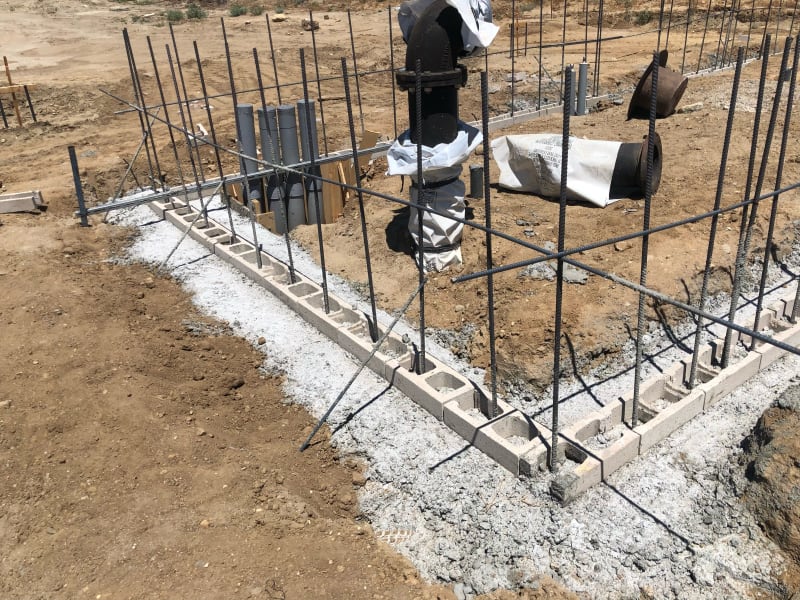Deker
Structural
- Nov 9, 2008
- 370
I've got a small one-story CMU wall building with light-framed roof where the contractor has wet set the block into plastic concrete after the foundation was poured. TMS 602 Section 3.3 B.1 requires bed joint thickness at foundations to be at least 1/4" and not more than 1-1/4", which would preclude wet setting the block. The contractor is asking if there is any way to remediate without removing the block and I'm trying to do my due diligence.
The wall is 8" CMU with #5@16 vertical, solid grouted. The walls aren't working very hard for in-plane shear, and a shear-friction check shows adequate capacity. The walls are tied to the slab on grade, so not much concern for out-of-plane shear, either.
Any thoughts or concerns?

The wall is 8" CMU with #5@16 vertical, solid grouted. The walls aren't working very hard for in-plane shear, and a shear-friction check shows adequate capacity. The walls are tied to the slab on grade, so not much concern for out-of-plane shear, either.
Any thoughts or concerns?




